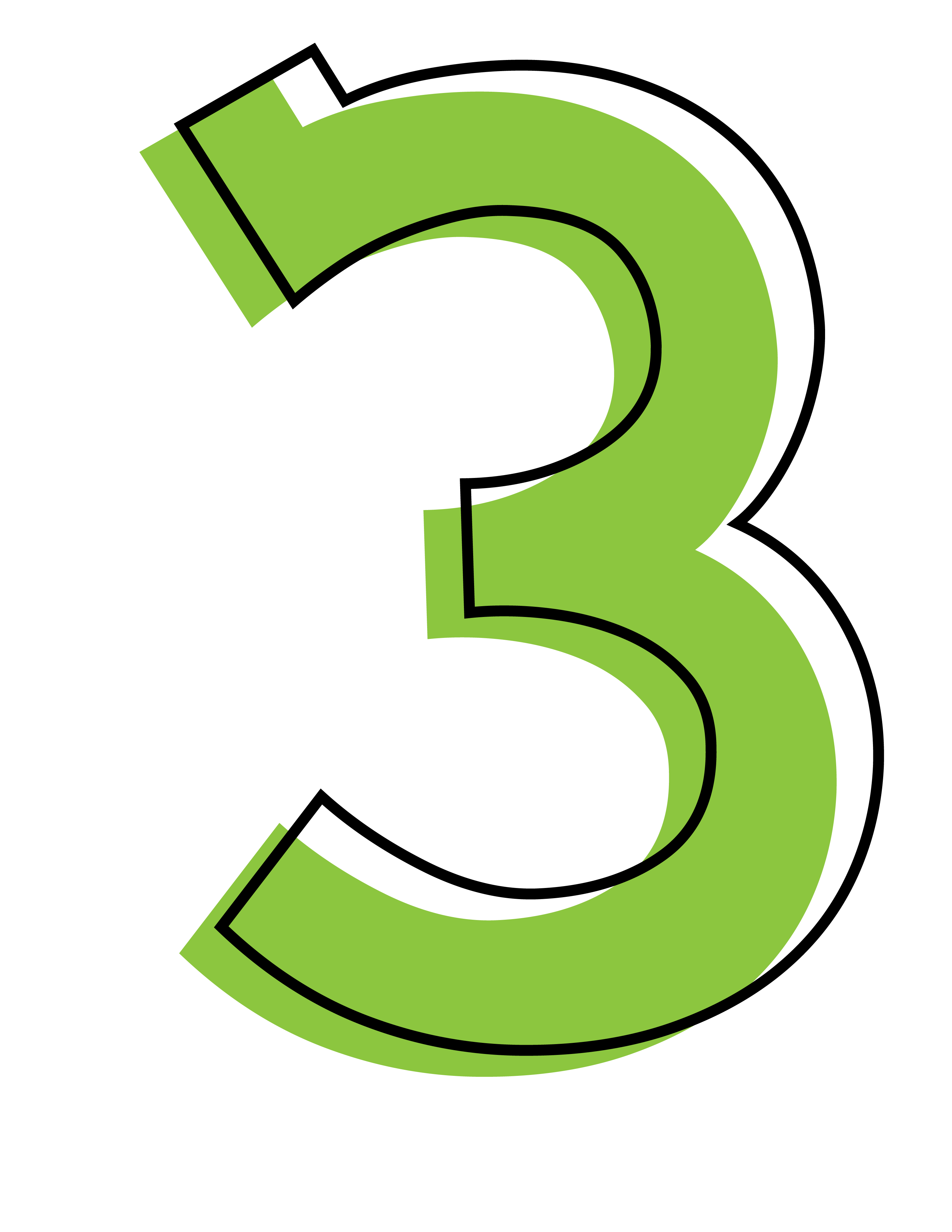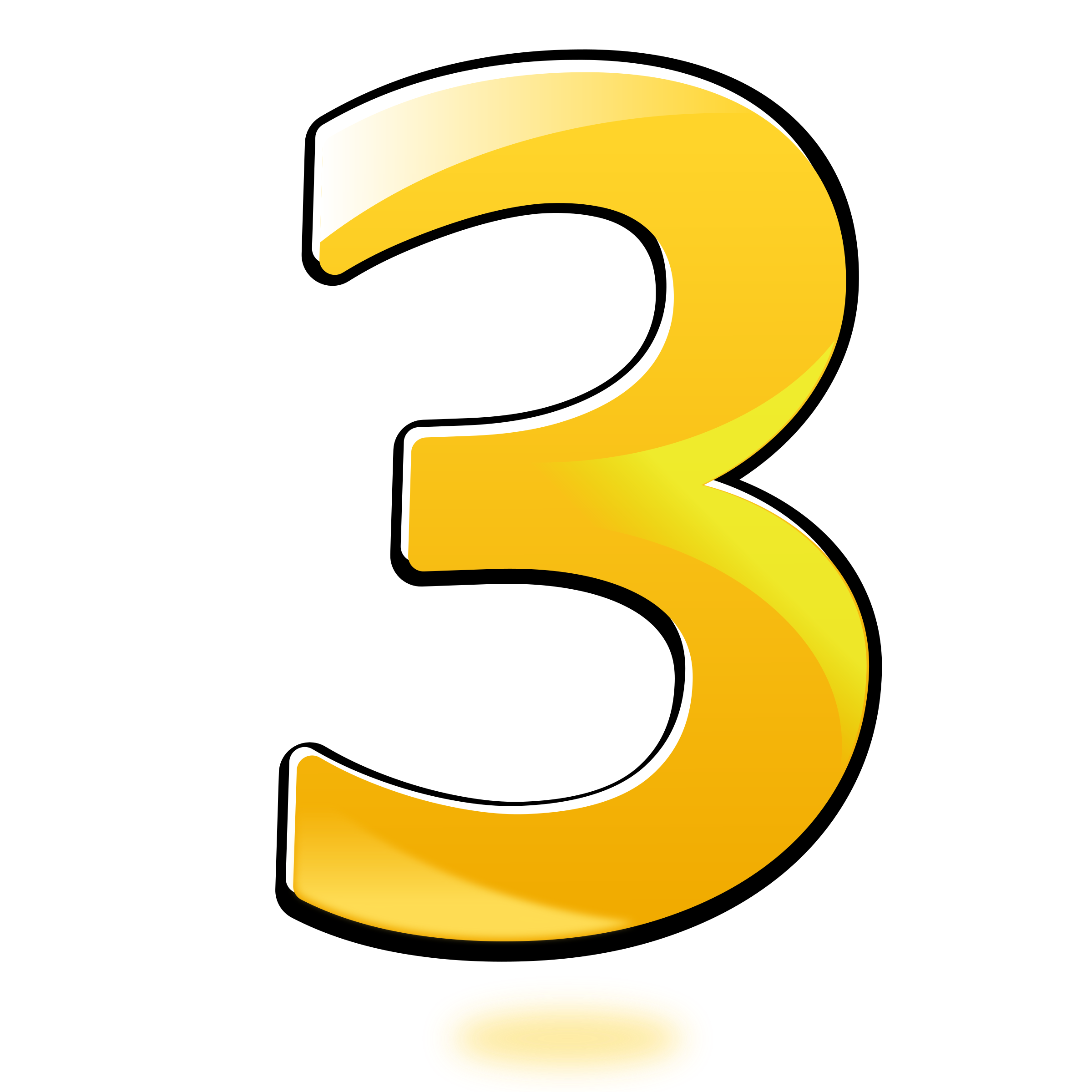Have you ever stopped to notice how often the number three, or the idea of three things, pops up in our daily lives? It's kind of fascinating, isn't it? From age-old sayings to how we describe the world around us, the presence of three seems to be a quiet, yet persistent, thread. This exploration, which we're calling "three dot corey," is about taking a closer look at these subtle appearances and what they might mean. It's really about uncovering a shared, almost hidden, pattern in our language and thoughts.
You know, sometimes we just use words without really thinking about their deeper roots or how they came to be. But when you pause and consider phrases like "three score years and ten," you start to see how language evolves. It's almost as though the way we talk about things, particularly when grouping items, has a certain rhythm, a kind of natural flow that often settles on three.
So, we're going to wander through some examples, from cherished poems to how numbers are used in very practical ways. It's a bit like pulling back a curtain to see how the idea of three shapes our expressions and, in some respects, our world. We'll see how this concept, this "three dot corey," shows up in surprising places, giving a little more meaning to things we might otherwise overlook.
Table of Contents
- The Poetic Heart of Three
- Language's Triple Play: Words, Meanings, and Ambiguity
- Numbers and Their Three-Fold Nature
- Three in Modern Discoveries and Practical Applications
The Poetic Heart of Three
There's a beautiful, timeless sentiment that speaks of loving "three things in this world." It goes, "Sun, moon and you. Sun for morning, moon for night, and you forever." This poem, or saying, really captures something special. It highlights how three elements can come together to form a complete, very meaningful thought. It's not just a list; it's a progression, a feeling that grows stronger with each part. The sun brings the start of the day, the moon brings its close, and then "you" represent something enduring, something that lasts beyond the daily cycle, which is quite powerful, actually.
This idea of three as a complete unit isn't new. It’s a pattern we see in stories, in art, and in many cultural expressions. Think about it: a beginning, a middle, and an end. Or, perhaps, past, present, and future. It’s a structure that feels satisfying, a bit like a well-told tale. This particular poem, with its simple yet profound declaration, truly shows how three can hold so much weight, so much feeling, in just a few words. It's a simple arrangement, yet it carries a deep, deep message.
The sentiment, "浮世三千,吾爱有三。 日,月与卿。 日为朝,月为暮, 卿为朝朝暮暮," translates to something very similar, reinforcing this idea across different ways of speaking. It tells us that this appreciation for a trio of cherished elements is a widely felt human experience. It’s almost as if the human heart naturally organizes its deepest affections into these distinct, yet connected, parts. This kind of expression, honestly, just feels right, doesn't it? It has a certain balance.
Language's Triple Play: Words, Meanings, and Ambiguity
When we talk about language, it's pretty interesting how often we encounter the number three. Take, for example, the way we refer to groups. We have a word like "both" for two items, but then what about when there are three or more? There isn't always one perfect, simple word that works in the same neat way. This makes us think about how our language tries to categorize things, and sometimes, it needs a little help to be precise. It’s a bit of a linguistic puzzle, you know?
Then there’s the question of why we have both the word "three" and the numeral "3" in a sentence. It seems a bit redundant at first glance, but they serve different purposes. The word "three" feels more conversational, more integrated into the flow of speech, while the numeral "3" is very clear, very direct, especially when we are counting or dealing with exact amounts. It’s like having two different tools for slightly different jobs, which is quite handy, in a way.
Consider the phrase "three score years and ten." It's a classic, often found in older texts, like the authorized version of the Bible. Why "three score years and ten" instead of just "seventy years"? Well, it’s more poetic, isn’t it? It carries a certain weight, a rhythm that simply "seventy years" doesn't quite capture. This shows how language evolves, how translators and writers make choices for effect, for beauty, and for a deeper connection with the reader. It's not always about strict design; it's about expression, really.
And speaking of language's quirks, what about words like "triweekly"? It's a good example of how prefixes can lead to confusion. Does it mean three times a week, or every three weeks? Both meanings exist, which can be a little frustrating when you're trying to be clear. This just goes to show that language, honestly, isn't always perfectly logical or "designed." It's a living thing, constantly changing, and sometimes, it has these little ambiguities that we just have to learn to live with, or clarify, as the case may be.
When you're studying a foreign language, these kinds of nuances become even more apparent. You might find that there are several recommendations to improve something, and all three are important. Or you might struggle to find the right alternative to "either" when you're talking about three or more options in a formal setting. It highlights how deeply ingrained the concept of "two" is in some of our linguistic structures, and how we then adapt when we move beyond that pair. It’s a subtle thing, but very present.
Numbers and Their Three-Fold Nature
Numbers, too, often show the significance of three. Take the number "345," for instance. It has three digits, and the first digit is a "3." This simple observation points to how numbers are built, how they get their value from their position. Each digit plays a part, and in this case, the number three starts the whole thing off. It’s a basic building block, kind of like the first step in a sequence.
In the world of technology and security, numbers are used to classify and rate things, and three often plays a part there too. For example, some patched flaws might have a severity rating of 9.3. That "3" at the end, even after the decimal, helps to fine-tune the assessment of how serious a problem is. It adds a layer of detail to the rating, giving us a more precise idea of the risk involved. So, even in very technical contexts, the number three helps to give shape to information, which is pretty interesting.
When we consider these numerical examples, it becomes clear that three isn't just a count; it's often a point of reference, a starting point, or a key component in a larger structure. Whether it's the beginning of a multi-digit number or a crucial part of a security score, the number three helps to define and categorize our experiences, in a way. It helps us make sense of the world, giving us a clearer picture of things.
Three in Modern Discoveries and Practical Applications
The idea of three also shows up in the cutting edge of research. For instance, there was a paper submitted in February 2025 by Wang Hong, an assistant professor at NYU's Courant Institute of Mathematical Sciences, and Joshua Zahl, an assistant professor at the University of British Columbia. This kind of collaboration, often involving multiple minds working together, can lead to breakthroughs. While the specific title of their paper isn't given here, the very act of a new discovery being made, often building on previous work, can be seen as a kind of progression, a forward movement, sometimes involving three or more key ideas coming together. You can learn more about such academic contributions by visiting places like arXiv, where new research is often shared.
Even in practical, everyday applications, the concept of three can be found. Think about how recommendations are often given in sets, maybe three to improve a website or a process. It’s a manageable number, often enough to make a real difference without being overwhelming. This tendency to group suggestions in threes makes them easier to remember and act upon, which is very helpful, honestly. It gives a clear sense of what needs doing.
The consistent appearance of three, whether in poetic expression, the quirks of language, the structure of numbers, or even in new scientific work, suggests a deeper pattern. It's almost as if our minds, or perhaps the universe itself, finds a certain balance or completion in this particular number. It’s a reminder that even the simplest things, like a count, can hold layers of meaning and connection. So, next time you come across a trio, just pause and think about the quiet power it holds, because it's pretty remarkable, really. Learn more about linguistic patterns on our site, and you might want to link to this page to explore the significance of numbers in culture.



Detail Author:
- Name : Prof. Demond Collins Sr.
- Username : gilda.nader
- Email : darrin.stokes@gorczany.com
- Birthdate : 1979-08-28
- Address : 197 Suzanne Plains Apt. 338 East Fabianburgh, NJ 06434-9328
- Phone : 1-629-750-3412
- Company : Marvin PLC
- Job : Child Care
- Bio : Placeat error facilis qui sequi. Possimus eos molestiae iste sint minus. Consequuntur magni veritatis quis vero. Eum non voluptatum eum odio cupiditate.
Socials
linkedin:
- url : https://linkedin.com/in/erdmana
- username : erdmana
- bio : Ex ut et facere rerum fuga omnis sint.
- followers : 1575
- following : 987
tiktok:
- url : https://tiktok.com/@aidan.erdman
- username : aidan.erdman
- bio : Quam voluptatibus sequi aut est.
- followers : 1051
- following : 1469
instagram:
- url : https://instagram.com/aidan_xx
- username : aidan_xx
- bio : Maiores neque deserunt vel placeat nisi et. Dolore aut soluta eum quis dolores sequi deserunt.
- followers : 3018
- following : 2508
twitter:
- url : https://twitter.com/aidanerdman
- username : aidanerdman
- bio : Eligendi dolor at est dicta consequuntur hic quia. Soluta velit provident neque aliquid non consequatur. Esse culpa vel laudantium voluptas voluptas dolor in.
- followers : 1265
- following : 2086